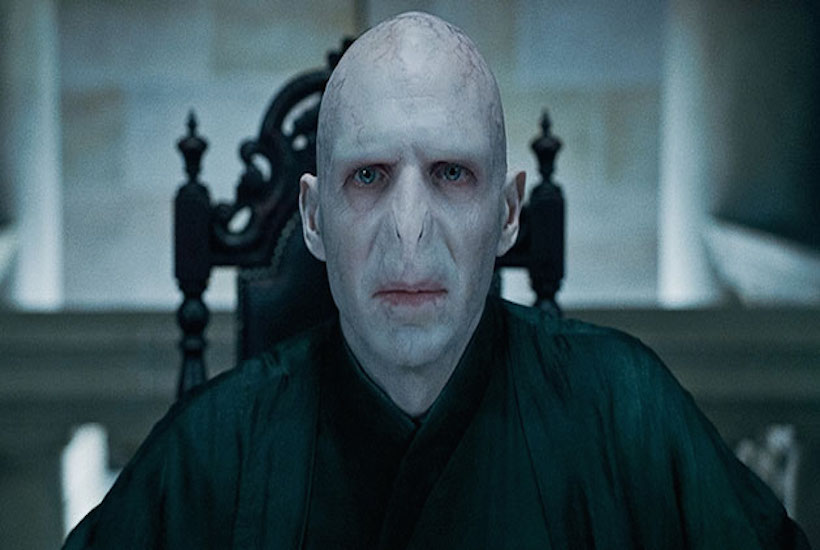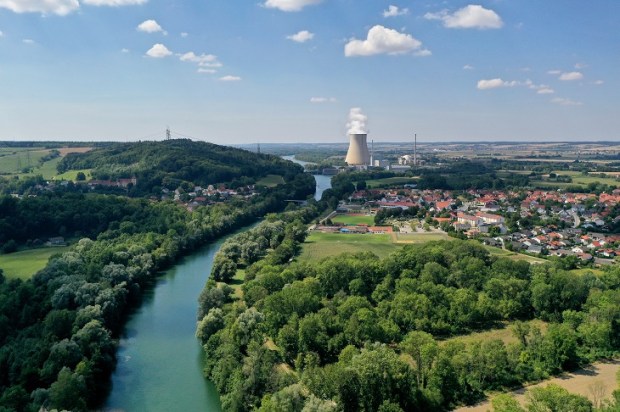It’s not just that no one talks about government debt anymore – no one thinks about it either:
It was another crazy news week, so it’s understandable if you missed a small but important announcement from the Treasury Department: The federal government is on track to borrow nearly $1 trillion this fiscal year — President Donald Trump‘s first full year in charge of the budget.
That’s almost double what the government borrowed in fiscal year 2017.
Here are the exact figures: The U.S. Treasury expects to borrow $955 billion this fiscal year, according to documents released Wednesday. It’s the highest amount of borrowing in six years, and a big jump from the $519 billion the federal government borrowed last year.
Treasury mainly attributed the increase to the “fiscal outlook.” The Congressional Budget Office was more blunt. In a report this week, the CBO said tax receipts are going to be lower because of the new tax law.
The uptick in borrowing is yet another complication in the heated debates in Congressover whether to spend more money on infrastructure, the military, disaster relief and other domestic programs. The deficit is already up significantly, even before Congress allots more money to any of these areas.
“We’re addicted to debt,” says Marc Goldwein, senior policy director at Committee for a Responsible Federal Budget. He blames both parties for the situation.
Goldwein is right – the mortgaging of the future is now a bipartisan project in the English-speaking democracies, which for decades at least pretended to try to be different from the social democratic borrow-and-spend governments of continental Europe.
Borrowing is the cowardly way out of having to make tough choices whether to cut spending or raise taxes – why not neither?
Meanwhile all the government (over-)spending is now described as “investment”, but an overwhelming majority of it is an investment in a sense that when I go out to a bar and have a drink I invest in my good time; it’s recurrent spending on social programs and the such, not, say, contributing to an economically-important infrastructure that the private sector cannot provide on its own.
Arthur Chrenkoff blogs at The Daily Chrenk where this piece also appears.
Got something to add? Join the discussion and comment below.
Got something to add? Join the discussion and comment below.
Get 10 issues for just $10
Subscribe to The Spectator Australia today for the next 10 magazine issues, plus full online access, for just $10.


























Comments
Don't miss out
Join the conversation with other Spectator Australia readers. Subscribe to leave a comment.
SUBSCRIBEAlready a subscriber? Log in